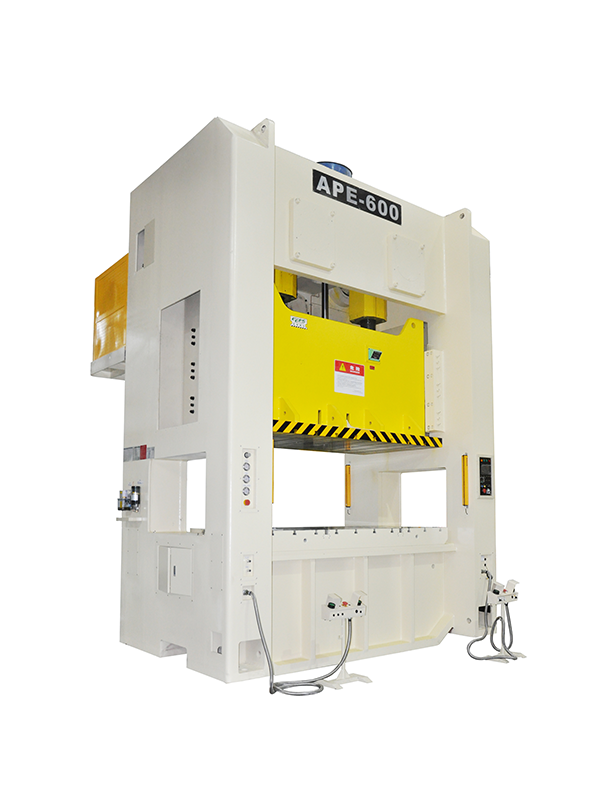The development trend of precision punch technology synthesizes the manufacturing cycle, greatly saves manpower and labor, and improves the production efficiency. Nowadays, the requirement of productivity is higher and higher, which is also the key change of China's contemporary high-speed precision stamping production. With the development trend of precision punch technology, more and more companies have favored it. Today, I will explain to you what matters should be paid attention to when installing the precision punch?
1. Before the installation of precision punch, it is necessary to make sure that the die edge is sharp, there is no chipping on the die edge, and there is no missing angle on the punch. If there is a broken mouth and a lack of angle, it is necessary to grind the wound first.
2. Before locking the mold, a piece of silicon steel sheet should be padded between the upper and upper molds to protect the wound due to transportation.

3. Before the mold is installed on the precision punch, the burr on the bottom and top edge should be ground with an oilstone to remove the dirt. If there are burr or garbage on the left and right plane of the die, the burr deviation of punching sheet will be caused.
4. Adjust the stroke of the slide block of the precision punch to the satisfactory position and press the upper die. Make sure that the upper plane of the die handle or die blank meets the bottom edge of the slide, and the screw of the lower die pressing plate is pressed gently. Then the punch press upward to adjust the slider and remove the silicon steel sheet in the center. Loosen the screw of the lower die plate, adjust the slider downward until the punch enters the female die for 3 ~ 4mm, and then press the screw of the lower die plate. When a new die of precision punch is punched, the punch must enter the female die by 3 ~ 4mm, otherwise there will be die breakage or die crack.
5. Take off and lower the slide block to the upper dead point, adjust the stop screw of the precision punch until it is tight and stable, and then run it idly for several times to check whether the work of each organization of the die and precision punch is normal. If there is no abnormal situation, stamping production can be carried out.